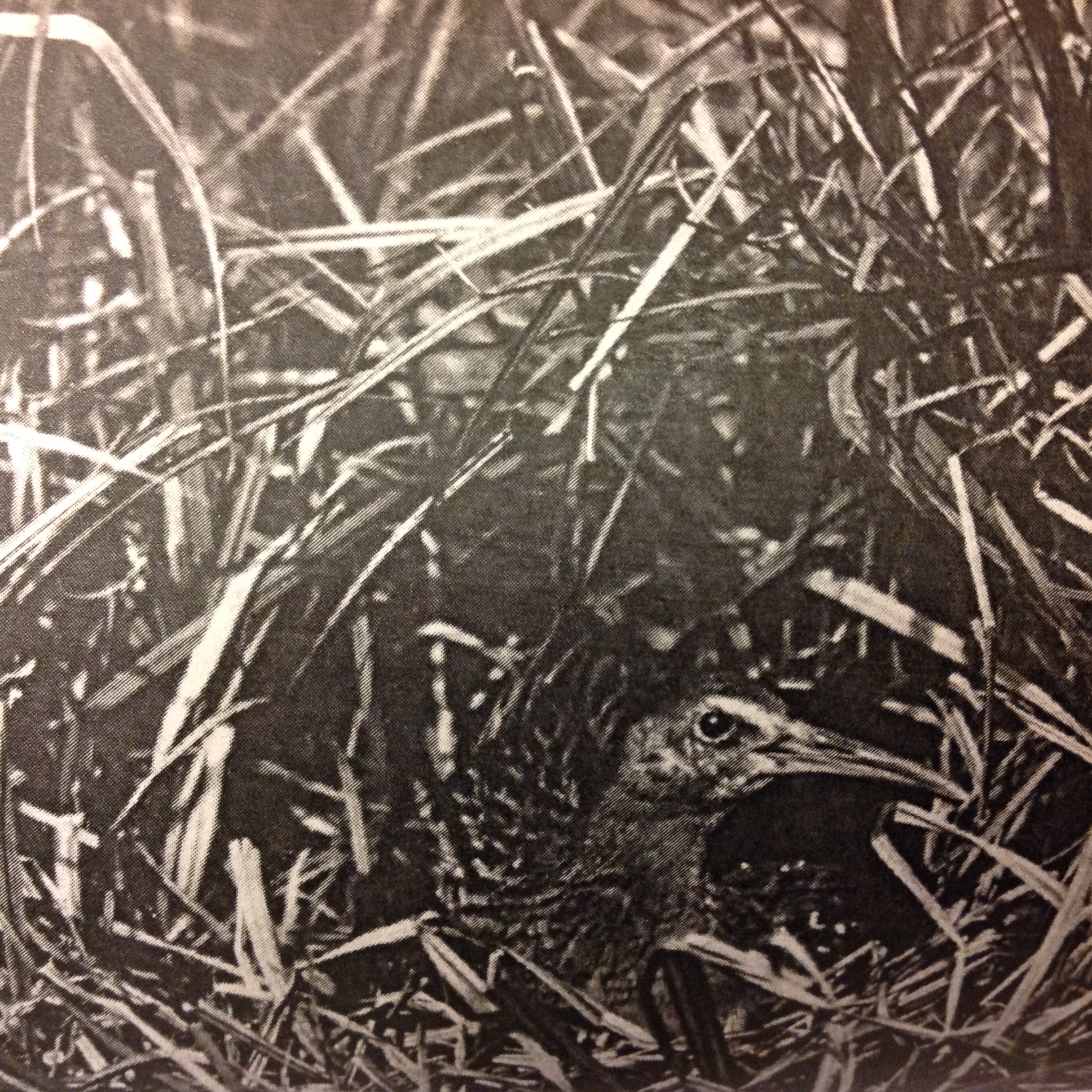The King Rail is an elusive and shy bird and one that most birders will drive a distance for the chance to see; Gene Stratton-Porter was no exception. She was excited when someone knocked on the door of the Limberlost Cabin and told her there was “a big bird brooding” that was about “seven miles east of the Cabin, in a small swamp in one corner of Eli McCollum’s cornfield.”
Because of the distance, Gene had to wait until the next morning before leaving on her birding adventure. She wrote that she dreamed of the bird that night. She packed four cameras, one weighed forty pounds, dressed in her “swamp outfit” and loaded everything into a wagon to be pulled by a horse.
This area was on higher ground and was between the Limberlost and the Canoper. It was northeast of the town of Geneva. It was not an area that Gene Stratton-Porter went to bird. She stopped once to ask a farmer for directions as it was “new country” to her.
Many are thrilled just to hear the bird but that would never do for Gene. She photographed the female bird and her nest. She made a study of the rail coming back seven days in a row. She was patient and got a little closer to it every day. She called her the “Queen” rail on her nest. She wrote of there being twelve eggs in it. She noted that she made seven 14 mile round trips for a total of 98 miles in one week.
Gene’s account of the King Rail along with pictures is a rare documentation of the bird in Indiana for that time period. This encounter with Gene and the King Rail happened over 100 years ago northeast of the town of Geneva in rural Adams County. Using Gene’s words, the 1900 map of Adams County, google maps, and cemetery records, I was able to pinpoint where she saw and photographed the King Rail. Gene would recognize the area today. It is much as she described it. She wrote that she “turned from the wide broad highway and drove up a narrow country road.” In 2016, there was a cornfield there.
Gene would be pleased to know that King Rails, Virginia Rails, and Soras can now be seen or heard at the Limberlost Swamp Wetland Preserve just a short distance from the Limberlost Cabin. The north part of the preserve can be seen from the cabin’s yard.
Birders of any age might enjoy reading her non-fiction bird studies “What I Have Done with Birds,” “Friends in Feathers,” and “Homing with the Birds.” Her story of the King Rail is in the first two books.
Little known fact: Gene was a member of the Indiana Audubon Society, served as an officer and spoke at the Spring Meeting of 1908 in Fort Wayne.

 RSS Feed
RSS Feed
